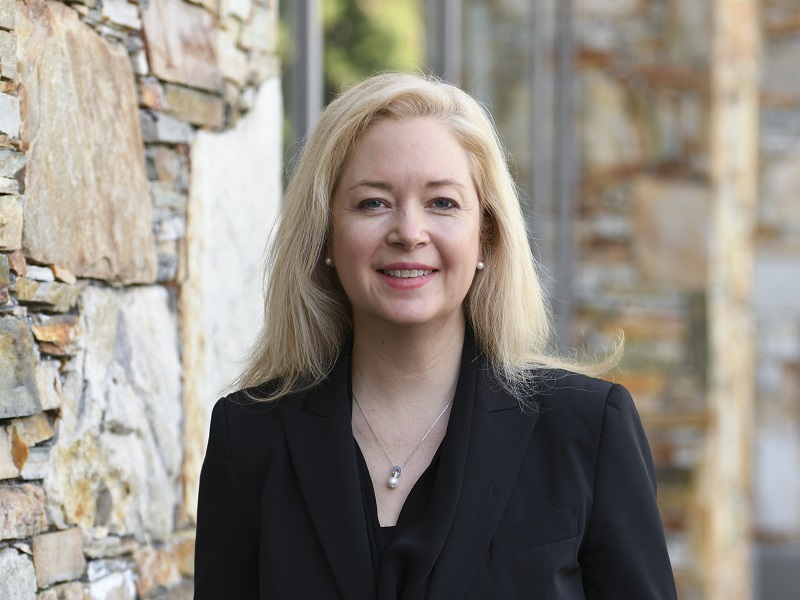
When investing in external asset managers, pension funds are really investing in teams of people, according to Brandon Gill New, director and head of multi-strategy investing and digital assets at the OPSEU Pension Trust, speaking during the Canadian Investment Review‘s 2023 Global Investment Conference.
“It’s not like buying a stock or a bond,” she said, noting a team of managers can determine the fate of an investment portfolio, so it’s important to choose teams that can adapt to market environments, which can pivot very quickly. As very few strategies are persistent over time, a good manager will be able to navigate some of those changes within strategies over time, she added.
The OPTrust considers key criteria when it looks at managers. “First and foremost, we think the managers we pick need to have a proven edge in whatever they’re doing — so it might be an information edge, it might be an access edge or it might be an experience edge. There has to be a reason why we think they’re going to outperform their peers.”
Read: New ideas, access to top asset managers top reasons institutional investors hire OCIO: survey
But managers also need to be able to package that into a portfolio in a way that’s going to work well over the long term, added Gill New, noting they’ll need a strong portfolio construction and a strong framework to support it. Managers also need to be experts in risk management, which depends on having sound processes in place, so partnering with asset managers that really embed that risk into their culture is critical, she continued.
When the OPTrust sources managers, it performs qualitative and quantitative analyses of their skills to ensure the manager’s integrity is well aligned with the fund. The organization also quantitatively analyzes their performance characteristics to ensure they get what they pay for.
Before choosing a manager, institutional investors must do some soul searching to figure out the outcomes they’d like to see from their portfolios and then take these baskets of managers to figure out what combination is going to get them closest to those goals. “For each of our portfolios that we manage, [we] have three pillars: . . . return targets, [the] kind of tracking error . . . to take and [the] kind of drawdown characteristics [we] want out of each portfolio.”
While that may sound simple, it takes time to settle on outcomes, said Gill New. “The return part is really easy. We have . . . value-add target[s] that we need to hit over each of our benchmarks. Then we think a lot about tracking error of our portfolio. We don’t like to be benchmark huggers, . . . [but] at the same time, . . . if we really stray into territory that’s too different than our benchmark, [it will] . . . make people . . . uncomfortable.”
Read: Caisse reinvesting in emerging asset managers program
The OPTrust also considers its tolerance for drawdown. “It’s important . . . to be able to outperform in a drawdown, so it’s factored into all of the fund’s portfolios. It really translates into your consideration of beta, given whatever your benchmark [or] alpha is. That’s your value add . . . [and] the kind of protection you want in the portfolio.”
The pension plan sponsor also conducts extensive exposure analysis on its portfolios to ensure access to adequate risk premiums. “We do quite a bit of factor analysis of those portfolios to understand what factor exposures we have, so we’re not overweight or underweight . . . versus our benchmark. We want to make sure we have ample . . . diversification and . . . the right liquidity profile [is] reflected [in] the . . . underlying assets. We really don’t like being locked . . . into things when they’re very liquid, for instance, just because the manager can do it.”
Gill New shared a factor analysis from the OPTrust’s hedge fund portfolio to demonstrate how the organization would use it to understand whether its managers are too exposed. “The analysis helps the fund understand underlying conditions that led changes in managers’ exposures and to provide insight into their style.”
Read: Pension funds saving with in-house asset management: survey
She suggested institutional investors consider position sizing because that can determine the fate of the portfolio and hinges on conviction in that manager. Higher conviction managers are usually the ones that can navigate the best in different market regimes, she added.
Risk profiles are also important, as certain strategies have more volatility, she said, noting it’s important to have the ability to get out of a management relationship quickly before something goes wrong. To anticipate any problems, the OPTrust constantly analyzes its portfolios’ exposures and positioning to assess their future.
“We come up with outlooks on the strategies themselves [and] monitor their risk characteristics. We understand . . . what the return drivers are for each strategy and develop [a] forward-looking assessment of that manager . . . to ensure that we’re not [asleep] at the wheel.”
Read more coverage of the 2023 Global Investment Conference.
